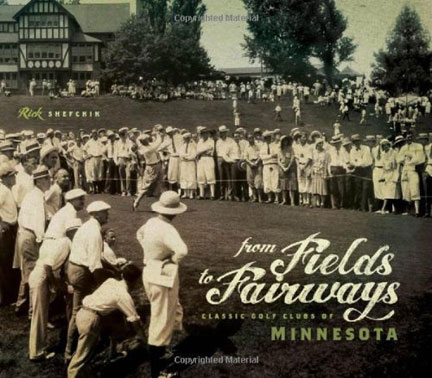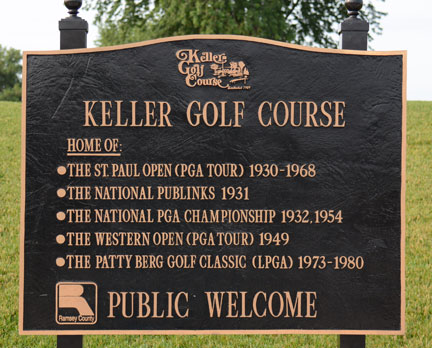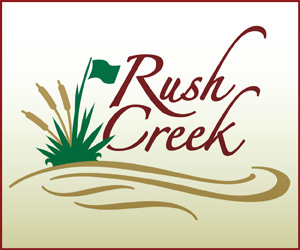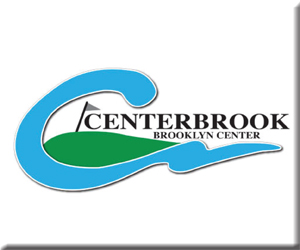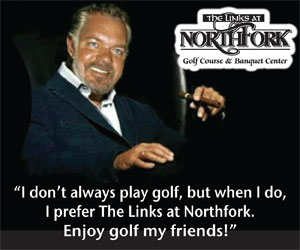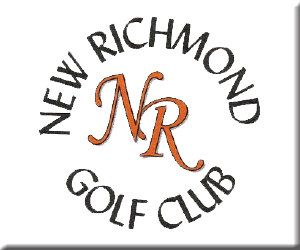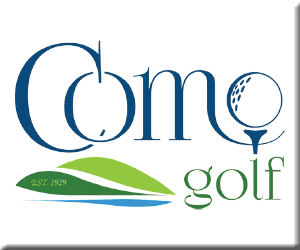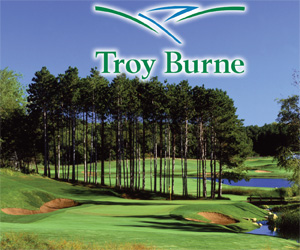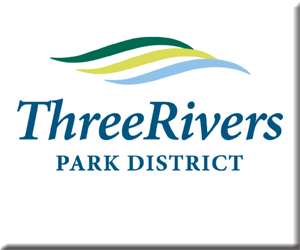Minnesota Golf History – More Game In More Places
By Rhett Arens
The roaring 20’s kicked in with more than just dance floors swinging. Golf clubs and municipal planning meetings were also in high gear. Suddenly the game was available to everyone as public courses took hold and the general public finally got a taste of what the good life was all about.
This 20-year period between 1920 and 1940 saw Minnesota bloom as a nationally recognized host for the game’s professional Tournament schedule, the PGA. Some of golfs most recognized and highly decorated pro’s made their mark and had their coming out during the 20’s and 30’s on Minnesota courses. A who’s who list of names from that era who played their way down Minnesota fairways includes Walter Hagen, Sam Snead, Bobby Jones, Ben Hogan and Tommy Armour. The growth and enthusiasm for the game was in full gear, much like the stock market in the mid-20’s. Then 1929 happened. The stock market bottomed out and that sapped the life out of the economy. With the crash went the unbridled growth, discretionary income and for the most part new golf course development was put on a temporary hold.
Prior to the crash, the formation of the Minnesota Public Golf Association in 1922 fueled a serious uptick in course introductions throughout the 20’s through a coordinated effort and championing of that development. Eventually the economy began to stabilize and another handful of courses were opened in the 1930’s. Among the courses opened in this dynamic 20 year period were Southview, Hillcrest, Cloquet, Hibbing, Stillwater, Keller, Gross National and Ruttger’s to name only a select few. You can see from this list that outstate courses were also finding success and bringing the game to all corners of the map. You will also notice many of these are still in operation.
The balance was beginning to shift from the private elite clubs to public access courses. Resort destinations also had their first foray into the golf business. As the years progressed and the economy strengthened this brilliant marketing concept would eventually give birth to some of the state’s best courses and help build momentum for the northern Minnesota tourist industry. Most are still providing world-class golf destination vacations today. Who ever thought walleye’s and birdies belonged on the same plate?
By the mid-20’s the PGA and USGA were well aware of the keen interest that Minnesotans’, both men and women, took in the game. In 1927 the USGA brought the U.S. Amateur Tournament to the Minikahda Club. On the outbound side of things some of the state’s top golfers competed on the national scene, like White Bear Yacht Club member Harrison ‘Jimmy’ Johnston winning the U.S. Amateur Championship at Pebble Beach in 1929. Another Minnesotan who began to make their mark on the national golf scene in this era was Patty Berg. As a 17 year-old she finished runner up at the U.S. Women’s Amateur Championship in 1935 only to go on and win that event three years later in 1938. Patty’s impact on Minnesota golf history would ultimately become a game changer for putting Minnesota golf on the national radar. She began playing golf in 1931 at the age of thirteen and won her first tournament in 1934, the Minneapolis City Championship. She turned professional in 1940 after her distinguished amateur career, eventually winning 29 titles in all. The Patty Berg Open would become an LPGA Tour event second to none with a long run of success at Keller Golf Course. Speaking of Keller…
Apparently timing is not everything, witness Keller Golf Course opening in 1929 just as the stock market was plummeting. That bit of unfortunate timing did not stop the course from becoming a legend in Minnesota golf history. In fact, in only its second year of operation in Keller hosted a national PGA event in what would become the first of many St. Paul Open’s. That tournament had an incredible run from 1930 through 1956. With the resounding success of that first PGA Keller event, the course was selected to host its first Major in 1932, The PGA Championship. It would again go on to host another PGA Championship in 1954 and a near major event with the Western Open in 1949. Keller would eventually become associated with Minnesota golfing legend Patty Berg as it hosted a run of the LPGA Patty Berg Classic’s from 1975 through 1980. Today Keller continues to challenge golfers as they make their way around the tree-lined, park-style course. One can feel the history and appreciate the essence of a quality golf shot while trying to stay out from under those mature oaks. Keller would certainly be considered a true cornerstone of Minnesota golf history.
To truly appreciate the history of Minnesota golf, I highly recommend you make time for a visit to the Minnesota Golf Hall of Fame at Bunker Hills Golf Club. You will see legendary trophies from these important Amateur, PGA and LPGA Minnesota events. You will also find tournament programs, portraits of the Minnesota golf legends, a wonderful memorabilia collection, an impressive display of past state champions, an assortment of antique equipment and many other historical items. It is located off the main entrance of the Bunker Hills Golf Club. The Bunker Hills complex houses both PGA Section offices in the lower level as well as a GOLFTEC Improvement Center. The course itself continues to be a perennial host for competitive tournaments both local and national. Tim Anderson, Director of Golf Operations and PGA Professional is proud to have his course shoulder-to-shoulder with this slice of Minnesota Golf history. The museum is open year round and is complimented by the excellent Kendall’s Tavern & Chophouse on site. Tim says the Hall of Fame is a daily reminder of the games deep, Minnesota roots and the importance of the states ‘fore’ fathers who brought it to international attention.
There are several excellent books on Minnesota Golf History and they have become invaluable resources for this Tee Times’ Time Machine series. Rick Shefchik, former columnist for the Pioneer Press has written the consummate history piece on Minnesota golf titled ‘From Fields to Fairways.’ The level of detail and research into the beginnings of golf in our great state up through the recent success of hosting major events (Ryder and Ryder 2.0) is captured in this wonderful 360 page volume. The writing is superb and is accompanied with many historical photos that put the era and play in context to the game. It is a must read for anyone interested in diving into the details. The second book which captures much history and background was published by the Minnesota Golf Association and authored by George E. Brown III, it is titled ‘100 Years of Minnesota Golf Our Great Tradition.’ The book highlights individuals and golf courses of historical significance by individual chapters, which gives the reader an excellent overview of the key movers and shakers. The third book used as a resource in pulling together this series is titled ‘Fore Gone.’ It is the work of a man possessed, Joe Bissen. Joe’s book chronicles and captures the stories behind Minnesota golf courses that no longer exist. I will go into more detail on Joe’s exceptional book in a later installment of this series.
The 1930’s came to close just as World War II was getting underway. To state that this 20-year period between 1920 and 1940 was a roller-coaster ride for the country, as well as for Minnesota and the game of golf is a vast understatement. The game survived and on many levels thrived in Minnesota. Minnesota was now clearly on the map at a national level. Most importantly the games participation was no longer an exclusive sport of the elite, it was public domain and ready to roar into the future.
